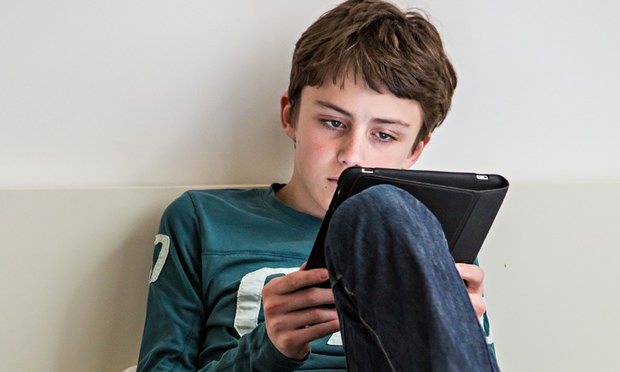Electronic books are particularly useful media for independent reading by struggling readers. Here are ten reasons why…

HIP titles available in both print and electronic formats:
Frozen Wave
Overboard Lost
Hostage Quake
Survival The Warning
Street Racer
You Can’t Make Me
Snake in My Toilet
-
The privacy factor: All ebooks look the same, whether they’re heavy-duty tomes or lightweight novels. This is particularly important for struggling readers, who don’t want to be seen reading “baby books.”
-
The print factor: The reader can control the size and amount of print – and white space – on the page. There’s some evidence to suggest that readers make fewer miscues with enlarged print.
-
The flip factor: Less print on the page means more frequent page-turns and a greater feeling of accomplishment for the struggling reader.
-
The reader support factor: Many ebook readers support readers by providing links to word definitions and pronunciations.
-
The cost factor: Eliminating printing and shipping costs saves about 25% of the cost of a print book, not to mention the environmental impact of saving paper and ink.
-
The motivation factor: Several studies have shown that reluctant readers, in particular, are more motivated by and engaged in reading when they have access to digital texts.
-
The “boy” factor: The “gender gap” between boys and girls in reading performance continues to exist, is somewhat narrower with digital reading, according to the Programme for International Student Assessment (PISA 2009).
-
The reading volume factor: A 2012 survey by Scholastic US reported that both boys and girls claim to read more books when they have the opportunity to read electronically.
-
The intervention factor: One study reported that use of e-readers improved the reading speed and comprehension of learners with identified learning disabilities. The researchers attributed this success to being able to control line length and print size on digital print. (Schneps MH, Thomson JM, Chen C, Sonnert G, Pomplun M., 2013, “E-Readers Are More Effective than Paper for Some with Dyslexia.”)
-
The “Cool” factor: Reading on a tablet or dedicated e-reader still has a cachet for many readers young and old.
Return to STUFF FOR TEACHERS
Return to HIP HOME PAGE

